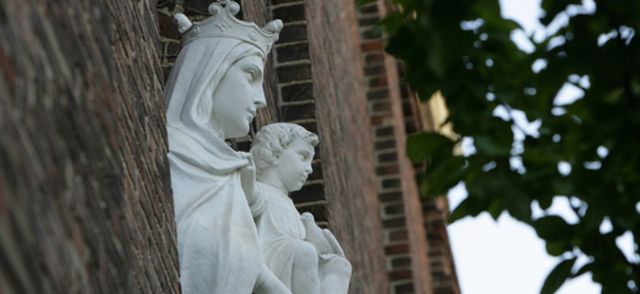
Religious Studies Faculty Publications
Document Type
Article
Publication Date
9-2022
Publication Source
Journal of Biblical Literature
Abstract
This article reads Acts 2:1–13 as an example of apocalyptic ekphrasis, bringing together disparate imagery for rhetorical effect. In particular, the Septuagint imagery of theophany is combined with the imagery of divine healing that was associated with the god Asclepius. I explore the imagery of the divided tongue that rests on bodies and transforms them, an element of Acts 2:3 that many interpreters have given up trying to explain. The visual association of snakes and healing was prevalent not only at the shrines devoted to Asclepius but broadly in a variety of contexts outside the shrines. This complex of imagery is evoked by the story in Acts 2, depicting the bodies of the apostles as the site of divine transformation, and as a sign of apocalyptic inbreaking. The transformation in this story, however, is one of a holy impairment, combining the imagery of extraordinary comprehension and impairment to describe the apostles’ different speech. In Acts 2, a scene unfolds in which the bodies of the apostles are transformed through a divine touch, receiving a holy impairment that enables human connection, not by erasing difference but by leveraging it as a symbol of apocalyptic transformation.
Inclusive pages
533-552
ISBN/ISSN
Print: 0021-9231 Electronic: 1934-3876
Document Version
Published Version
Publisher
Society of Biblical Literature
Volume
141
Issue
3
Peer Reviewed
yes
eCommons Citation
Henning, Meghan, "Holy Impairment: The Body as the Nexus of Apocalyptic Ekphrasis in Acts 2:1–13" (2022). Religious Studies Faculty Publications. 143.
https://ecommons.udayton.edu/rel_fac_pub/143



Comments
This article is made available with the permission of the publisher following a required embargo of 18 months. Permission documentation is on file. Prior to the embargo's expiration, the article is available for purchase or by subscription using the DOI: https://doi.org/10.15699/jbl.1413.2022.7